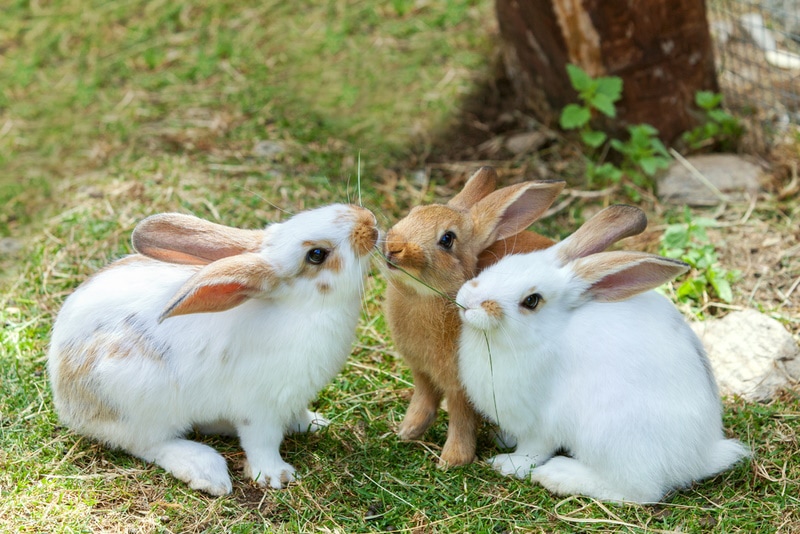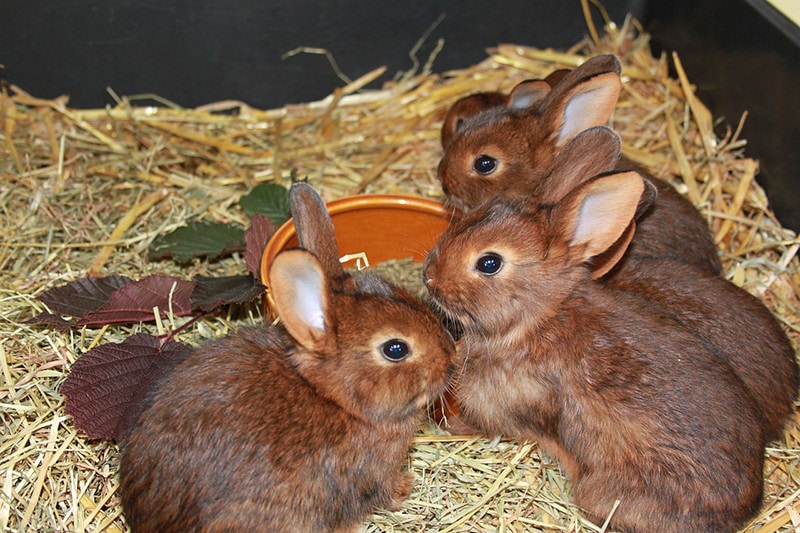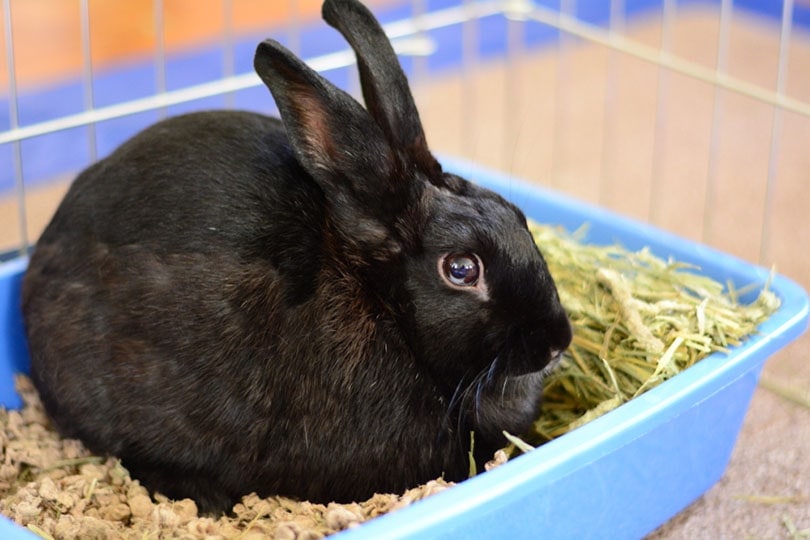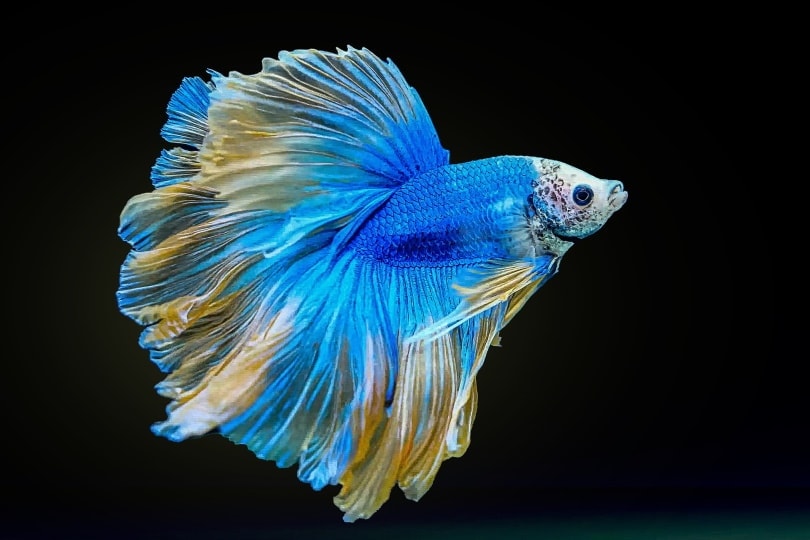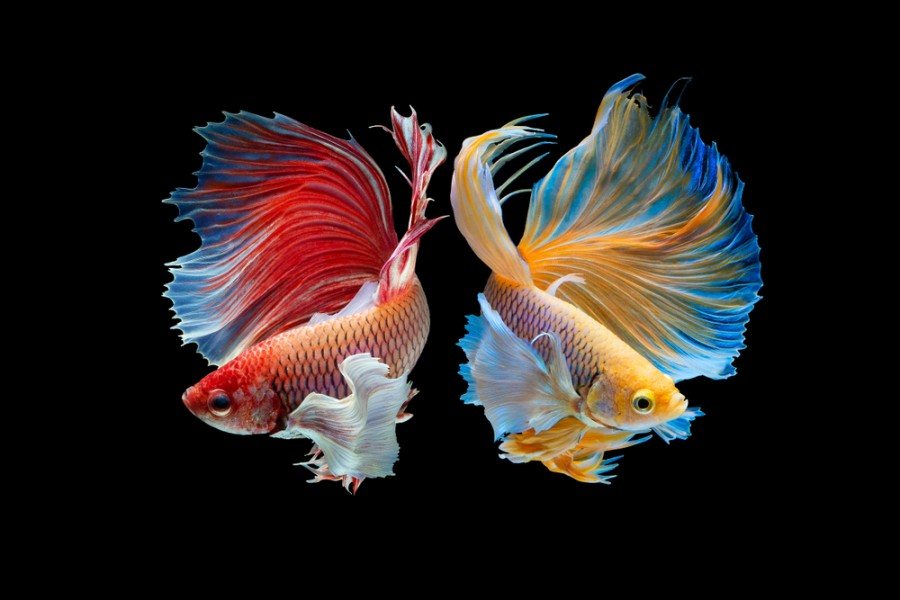Why Do Rabbits Have Red Eyes? Vet-Approved Facts
Updated on
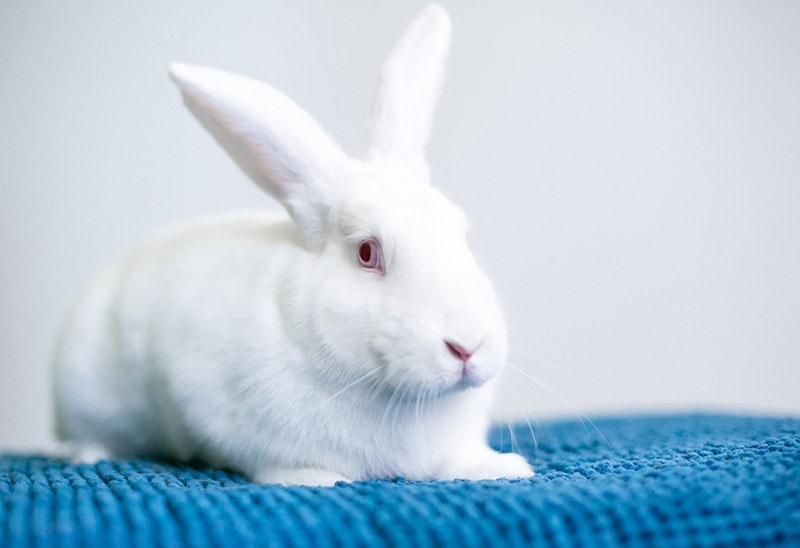
Rabbits come in all kinds of shapes and colors, including having white fur and red eyes! But why do these rabbits have red eyes?
If the rabbit has white fur and red eyes, they have albinism. If a rabbit is all-over black, brown, or any color other than white and has red eyes, their eyes might be inflamed, which is a medical condition.
Here, we take a closer look at albinism, how it causes rabbits to have red eyes, and any precautions that you might need to take with albino bunnies.
What Exactly Is Albinism?
Albinism occurs in humans and animals—everything from alligators and snails to squirrels can have albinism show up in their gene pool. It’s rare for certain species, but less so for rabbits.
Melanin is a pigment that provides color to skin, eyes, and hair for most animals. Anything born without melanin or a reduced amount has albinism and will have their hair, eye, and skin color affected and to a certain degree, their eyesight. Without melanin to add color, albino animals end up with white or very light blonde fur.
Melanin is also part of the development of different parts of the eye.1 This includes the iris, which is the structure that gives eyes their particular color, and the retina, which is a thin layer of cells found at the back of the eye. The iris of the eye has color, but without melanin, there isn’t enough pigment, which makes the iris almost transparent. So, what you’re actually seeing is all the tiny red blood vessels that become visible through the transparent iris.
Albinism can occur in wild rabbits, though it’s not that common, but it has been bred into domestic rabbits.
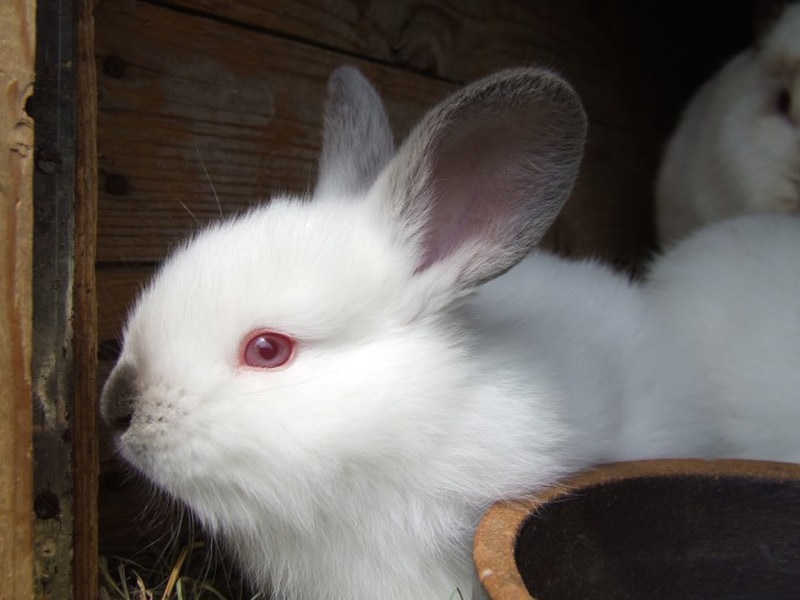
Do Albino Rabbits Have Health Problems?
Generally speaking, albino rabbits are just like other rabbits with respect to their care. They need the same diet, exercise, and grooming as any other rabbit, depending on their specific breed.
If you want your rabbit’s white fur to stay white, you’ll need to be diligent about cleaning their litter daily. Many albino rabbits will have stained yellow feet from their litter box, or they might have gray feet if you line their enclosure with newspaper. That said, it is almost impossible to keep their coats perfectly white.
Eyesight
Most rabbits with albinism have poor eyesight. Since rabbits are prey animals, their eyes are on the sides of their heads, giving them a wider field of vision and causing them to be far-sighted. But they have a blind spot directly in front of their faces. Still, they can see predators from almost any angle from far away, and their vision is designed to see best when the light is dim, which is when they do their grazing, at dusk and dawn.
So, rabbits are constantly moving their heads back and forth to search for any threats. Albino rabbits tend to scan much more frequently before moving forward than other rabbits. They are also quite sensitive to bright lights, including sunlight. Without the iris helping to block out some of the light, it’s best to keep lights dim for your rabbit.
Sunlight
Without melanin to protect their skin, albino rabbits are more prone to sunburn and skin and eye cancers. You’ll need to ensure that your rabbit is kept out of direct sunlight as much as possible.
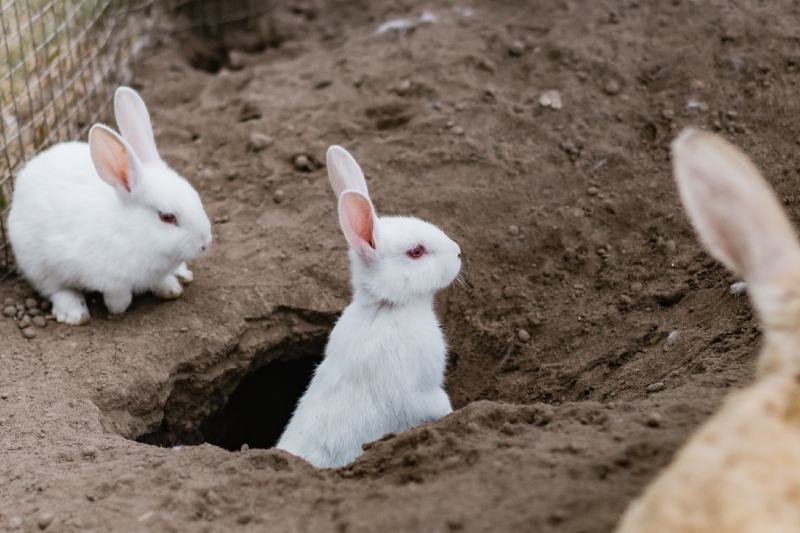
- Related read: Why Do Rabbits Dig Holes? 6 Likely Reasons
Albinism Is a Recessive Trait
A recessive trait means that when an albino rabbit mates with a regularly colored rabbit, they won’t have any offspring with albinism. However, the next generation may carry the gene. This helps explain why albino rabbits are so rare in the wild.
Rabbit Breeds Known to Have Albinism
Since albinism in rabbits is rare, breeders have made albino domestic rabbits popular for their uniqueness. There are also specific breeds that have been explicitly bred to have the albino gene.
New Zealand White Rabbit
This is the only rabbit breed that always has red eyes and pure white fur. They were initially bred as laboratory animals because of their friendly temperament but have also become popular pets.
Californian and Himalayan
These two rabbit breeds have the albino gene but are also not pure white, which makes them incredibly unique! They are predominantly white but have dark fur around their ears, nose, feet, and tails. Their eyes are pink or red.

Breeds That Sometimes Have Red Eyes
Quite a few breeds sometimes have red eyes; they can be many different colors, but they also have the albino gene. However, some of these breeds have sub-breeds that are just albino.
- Angora
- Britannia Petite
- Flemish Giant
- Holland Lop
- Jersey Wooly
- Lionhead
- Mini Lop
- Netherland Dwarf
- New Zealand
- Rex
- Satin
What Are Other Rabbit Eye Colors?
The most common eye color in rabbits is dark brown, but there are other colors, some rarer than others.
- Brown: This is the most common eye color. In some cases, the brown is so dark that the eyes look black.
- Red: This is caused by a transparent iris due to albinism.
- Blue: This is a rare color, and the iris is a distinctive blue, though some rabbits might have more of a gray-blue color.
- Pink: This is one of the rarest colors, and it can occur due to a specific set of genes that causes a pale pink iris. These differ from the red eyes of albinism.
- Marbled: This is a rare occurrence, as each iris has two different and separate colors. In some rabbits, part of their eye can be brown, and the rest of the eye is blue.

When Are Red Eyes Not From Albinism?
When your rabbits’ eyes maintain their normal color of the iris but the white part becomes red, it might be a medical condition—specifically, red eye.
Red eye can be a relatively common condition in rabbits, where irritation and swelling occur in the eye or eyelid. This can give the rabbit’s white part of the eye and eyelids a reddish tint.
There is usually an underlying cause for red eye, so the signs, other than red eyes, will present differently depending on the condition. Other signs that you might see are:
- Swollen eyelids
- Partially closed eye
- Pink tissue around the eyes
- Eye discharge
- Hair loss around the eyes
- Crusting around the eyes
- Nasal discharge
- Upper respiratory infection or cold
- Facial deformity
- Depression
- Lethargy
The causes of red eye are quite varied and might include the following:
- Bacterial infection
- Foreign body
- Conjunctivitis
- Dental disease
- Fungal infection
- Diseases inside the eye: Glaucoma, uveitis, and cataracts
Treatment depends on the underlying cause, but a vet will likely prescribe topical medication to help with the pain, infection, or wounds. If you suspect that your rabbit has red eye, you must bring them to the veterinarian as soon as possible. They can treat the cause and relieve your rabbit’s discomfort.
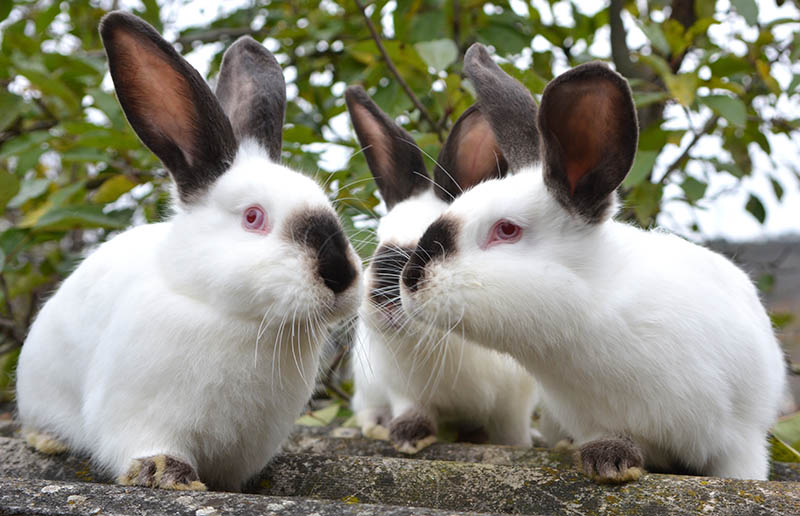
 Conclusion
Conclusion
Rabbits can have red eyes for two reasons: albinism or a medical condition usually called red eye, which will need treatment. Red eyes due to albinism are caused by a lack of melanin, so instead of having colored eyes, they are transparent. What you’re looking at are red blood vessels, so technically, their eyes aren’t actually red!
Albino rabbits don’t need any special attention except for keeping them out of direct sunlight and ensuring that their enclosure isn’t in a location with bright lights.
Otherwise, enjoy your unique albino rabbit—or any rabbit, for that matter! In the long run, having a bright and alert bun that’s healthy and well-adjusted is much more important than the color of their eyes and fur.
Featured Image Credit: Mary Swift, Shutterstocks


